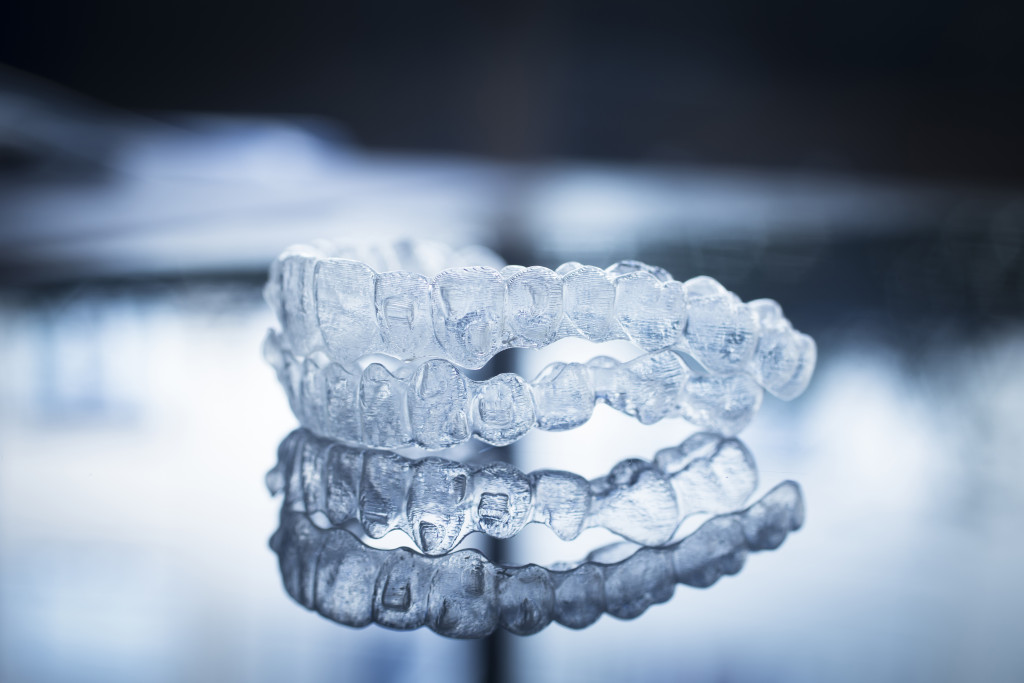- Early intervention and treatment are key for preventing future dental health problems caused by crooked teeth.
- Crooked teeth are a common dental problem for children and can be caused by genetics or improper dental care.
- Orthodontic treatments such as clear aligners and metal braces can help correct crooked teeth.
- Children should attend their first orthodontic appointment by the age of 7, as recommended by the American Association of Orthodontics.
As parents, watching your child grow and develop can be a beautiful thing. However, one thing can make you worry: crooked teeth. While crooked teeth may seem like a cosmetic issue, they can cause various dental problems if left untreated.
The good news is that even in children, fixing crooked teeth is still possible. In this blog post, we will discuss crooked teeth, their causes, and the available dental treatments for children.
What causes crooked teeth in children?
Crooked teeth are a common dental problem for children, and there are a variety of factors that contribute to this issue. One of the most common causes is genetics; if a child’s parents have crooked teeth, there is a higher likelihood that the child will as well. Other factors include improper dental care, such as not brushing or flossing regularly, and certain habits, like thumb-sucking or mouth-breathing.
In some cases, tooth loss due to injury or decay can also lead to crooked teeth, as neighboring teeth can shift to fill the space. While the causes of crooked teeth in children can be complex, early intervention and proper dental care can help prevent or correct this issue.
What are the available dental treatments for crooked teeth in children?
Crooked teeth can cause dental health problems and even affect speech development. Luckily, there are several dental treatments available for children with misaligned teeth. Here are four of the most popular treatments:
1. Clear Aligners

Clear aligners are a popular choice for children with crooked teeth because they are virtually invisible. These custom-made trays are designed to fit over the teeth like a mouthguard and gradually shift them into their correct positions.
Clear aligners are perfect for children worried about traditional metal braces’ appearance. Another benefit of clear aligners is that they can be removed for eating and brushing, making them hygienic and convenient.
2. Metal Braces
The most common treatment for crooked teeth is metal braces. This method uses metal brackets and wires to shift the teeth into their proper positions gently. Braces are worn for an average of two years and require regular adjustments by your dentist. While metal braces are highly effective, they can be uncomfortable and aesthetically unappealing for some children.
3. Lingual Braces
Lingual braces are placed on the back of the teeth, similar to traditional metal braces. This makes them nearly invisible and more aesthetically pleasing than conventional braces. Although lingual braces are an excellent option for some children, they may present challenges in terms of maintenance and discomfort. Unlike metal braces, they can be harder to clean and adjust.
4. Retainers
Retainers are typically used after orthodontic treatment to keep the teeth in new positions. These custom-made devices are designed to fit over the teeth and are usually worn at night. Retainers are essential to the treatment process, as they prevent the teeth from shifting back into their original position.
When should you take your child to the dentist?

As a parent, you may wonder when the best time is to take your child to the dentist when they have crooked teeth. It’s important to know that this question has no one-size-fits-all answer. However, the American Association of Orthodontics suggests that children should receive their first orthodontic appointment at 7.
If your child is experiencing crowding or spacing issues, it’s essential to address these concerns early on to prevent further complications in the future. A qualified orthodontist can evaluate your child’s teeth and determine the best course of action, including braces, clear aligners, or other treatments. Don’t wait until your child is a teenager to take action – taking care of crooked teeth early can lead to a lifetime of dental health.
Final Thoughts
Ideally, parents should aim to prevent crooked teeth in the first place by encouraging good oral habits and taking their children for regular dental check-ups. However, if crooked teeth do develop, parents can take solace in that fixing them is still possible. With the appropriate treatment plan, your child can have a healthy, beautiful smile that can last a lifetime. So, if you suspect your child has crooked teeth, don’t hesitate to consult with a dental professional.



















